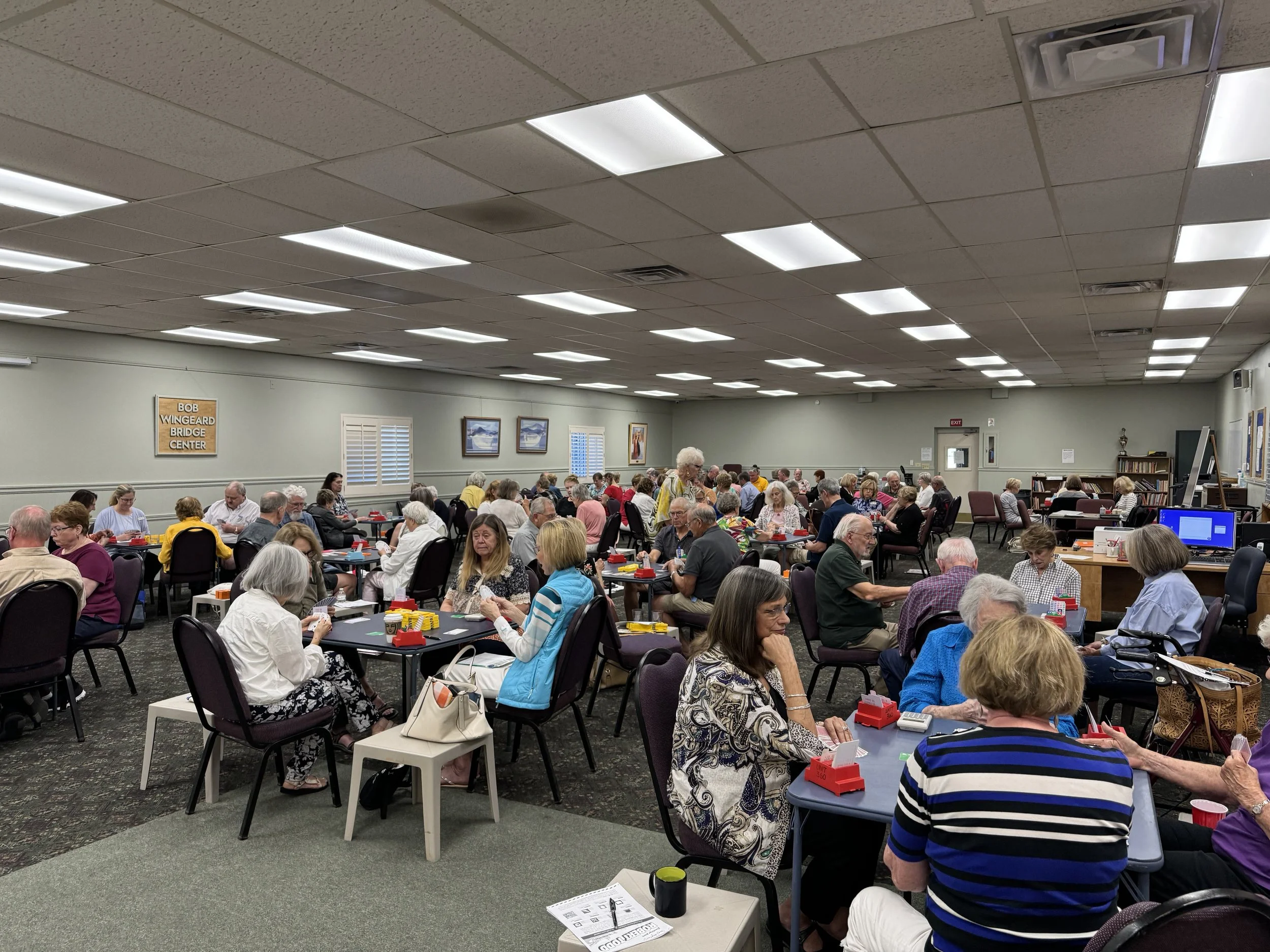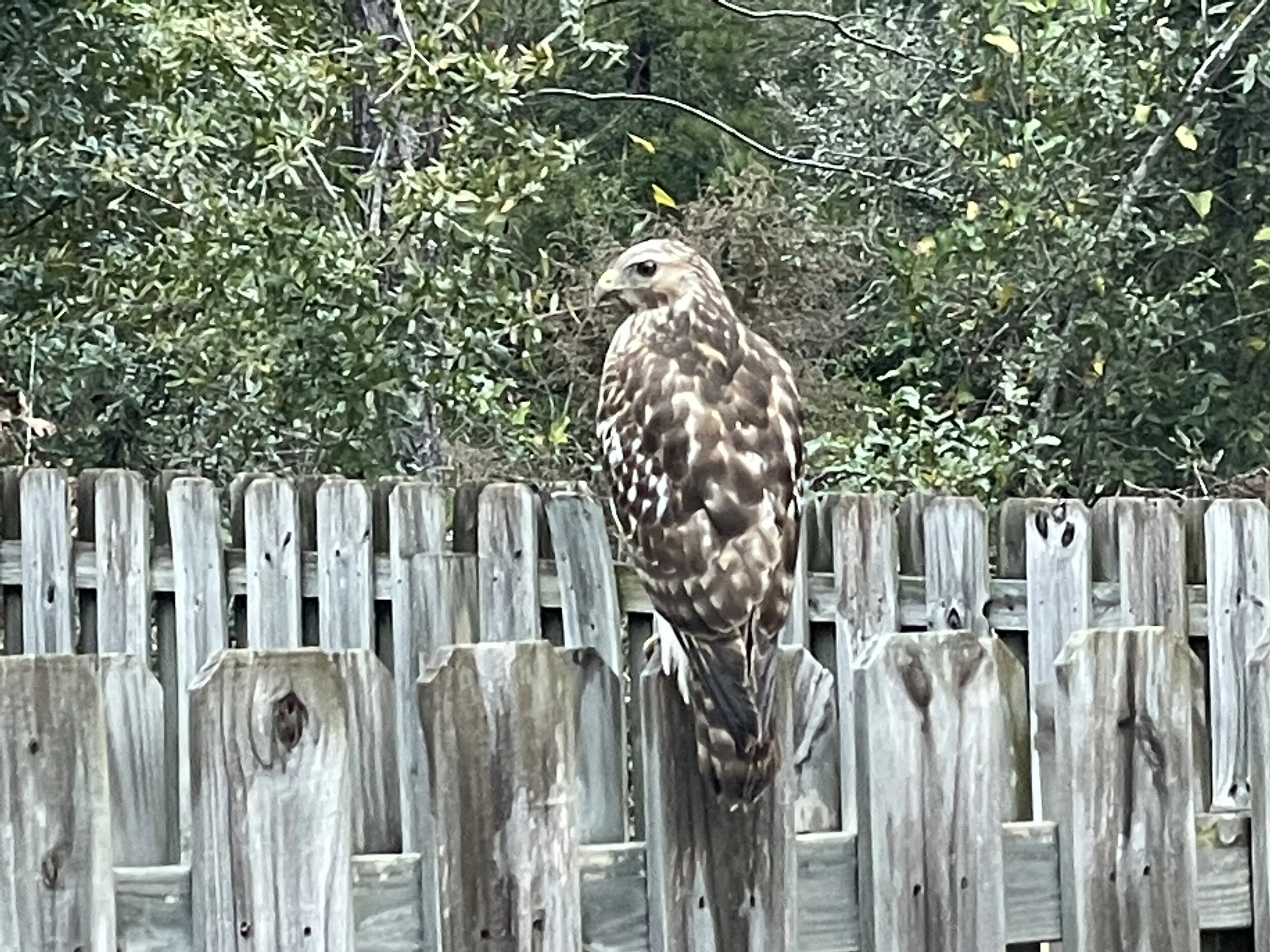When partner opens the bidding with a Major, if we have a fit for their suit we have accomplished our goal of locating a Major suit fit. We need a lot of ways to show partner this fit.
Our new series of TWiB lessons is a discussion of competitive bidding. We begin with a look at Support Doubles in unusual auctions and at the higher levels. If we play support doubles, these are important discussions to have with partner.

Active opening leads attempt to "go out and get" our tricks. Passive leads, on the other hand, attempt to just not give anything away or help Declarer. There are many different types of passive leads for many different situations. Here we take a look at several lead types and hands where a passive lead may or may not have the intended effect!

Declarer likes to try to win tricks with their little cards — setting up their length. As a defender it is our job to try to prevent this from happening. The way we do so is by keeping the cards in their long suits, called guarding a suit.

We usually win tricks with little cards (other than in the trump suit) by setting up our long suits. To establish these little cards in our long suits into winners, we need to play the hand well. This requires using our large cards in the best way possible to establish our little cards. That means we need to play our combinations as best as we can, manage our transportation, and have some good luck in the way the cards divide. Let’s see how we can properly manage our cards to take our tricks.

Important Competitive Bidding Webinars






